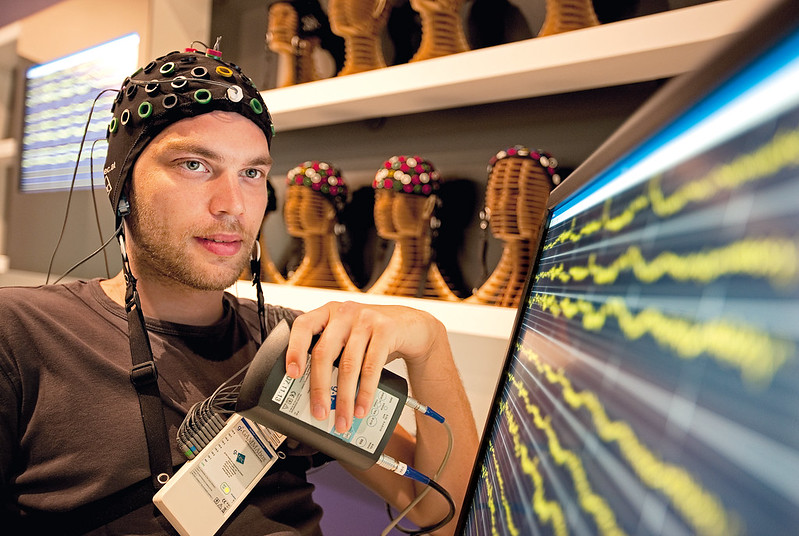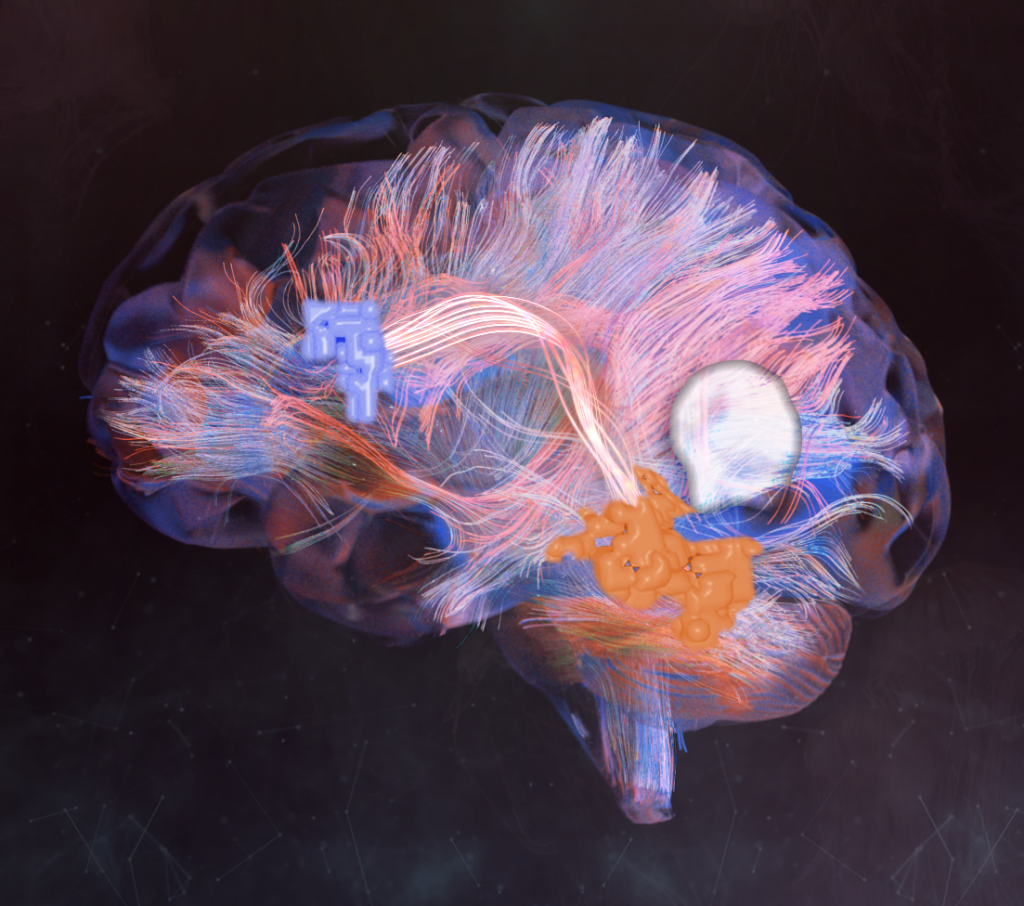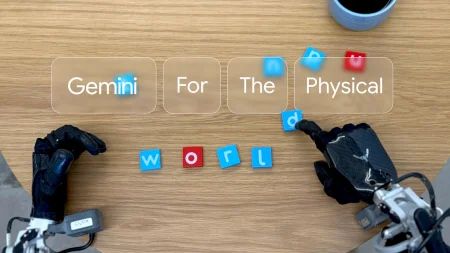In season 6 of the long-running TV series Friends, one character tells the other that humanity will be able to download their memories and thoughts onto computers by 2030, living forever as machines.
More recently, the much-beloved Black Mirror season 3 episode “San Junipero” showcased a simulated reality where the dead are “alive” and the elderly “visit” their younger selves in a time period of their choosing. The Friends episode, which aired in 1999-2000, might have sounded sci-fi, but we’re not so sure anymore.
In fact, American computer scientist, futurist, and entrepreneur Ray Kurzweil believes that humanity will be able to upload their brains to computers by 1945, thus achieving digital cyber-immortality. Let’s enter the Ray Kurzweil world, delving into how this brain-computer interface works, and whether it works — at all.
Constructing A Digital Human Brain
According to neuroscientist Kenneth Hayworth, we are at least 50 years away from the first successful human mind upload and nearly a century away from it becoming routine. However, believe it or not, scientists are working hard as we speak, conducting research that might make digital eternal life a reality one day.
Massive strides are being made in “connectomics,” which is the science of figuring out the entire wiring diagram of the human brain. Determining this “connectome,” since every brain is unique, is critical for “emulating” and uploading processes, as Hayworth and other scientists are dreaming. The connections, or “synapses,” that make up what neurobiologists believe encode what we call “the mind,” including everything from consciousness and beliefs to every facet of the personality. Once life ceases, synapses fall apart quickly; so, imaging a connectome requires a brain that’s just barely dead.

Tech startup Nectome has already started preparing for it, proposing to preserve brains with glutaraldehyde. While this triggered a euthanasia fracas in popular media, the point is to have uploaders standing by when people die natural deaths. Even Elon Musk’s extremely controversial Neuralink’s long-term objective is to seek ways in which human consciousness can be stored and consequently be downloaded into a new body somewhere down the line, whether human or robotic.
How Does The Mind Uploading Process Work?
While a digital reconstruction of the human brain is one part of the problem, the other half is: how will the transfer process of the “physical mind” to “cyberspace” take place? It suffices to say that the basic idea takes into consideration many assumptions. The first assumption is that we can indeed replicate our brains to a healthy extent. Secondly, we have to assume that the “mind,” that is the abstract bit of us that senses, imagines, remembers, and thinks emerges naturally from the structures of the physical brain.
Is this a lot to take on? We think so too. That’s why current brain emulation research is still stuck at the level of worms and mice, with larger mammals and human studies still a good while away.
There are two commonly-proposed paths to achieving digital immortality. One is the “scan and copy” route, where the brain is scanned in detail using, say, an electron microscope, and then trying to understand how the pieces fit. The second route of neural prosthetics is more gradual as it involves substituting various brain parts with synthetic components until the whole brain is eventually synthetic. While most components are yet to be invented, some working examples include an FDA-authorized Stentrode implant, a device that helps convert the thoughts of severely paralysed people into actions using computers.

The Question Of Ethics
Even if the entire mind-uploading scenario is scientifically possible, what about the ethics of it? This is especially more so since the question of ethics also surrounds memorializing someone using grief tech. Since brain data is the most intensely personal thing an individual has, it’s natural for fears involved with handing brain data over to governments or companies ranging from mind slavery to bankruptcy. It also gives rise to questions surrounding mind cloning.
In worst-case scenarios, neural data could be hacked and used for torture or abuse and or attacked by digital viruses. Or, worse still, one could decide to finally embrace the thought of dying, only to find that there is no way out.

Of course, there is also the issue of equitable access, with the wealthy and powerful having the means to get their hands on this technology first. Plus, what if the technology is developed by a country where regulations aren’t so strict, or by companies with questionable ethical standards? So, the question, even hypothetical, of whether or not you would upload your brain to the cloud, has a very complicated answer, if any.
Uploading our brains and consciousnesses to computers and living on after the inevitable death and decay of our physical form has long been a fantasy of sci-fi TV shows, video games, and movies. In fact, many might argue that maybe it is best if it stays that way. In the end, if, and when, we actually do manage to transmigrate into machine bodies, it could throw up a whole new bunch of what-ifs.
In case you missed:
- Neural Networks vs AI – Decoding the Differences
- Biohybrid Robots Are Here. Is Humanity Prepared?
- The Era of Oversharing Online: Data Privacy Concerns
- Hallucinations in Generative AI – How to Prevent Them?
- Should I Use An Anonymous Crypto Wallet?
- Top Digital Transformation Trends For 2024
- Crypto Heists: How To Keep Your Cryptocurrency Safe?
- Cloud Gaming: A New Era in Gaming
- Everything you need to know about Digital Asset Management
- Keeping Your Tech Tidy: Tips For Data Backup And Safety









